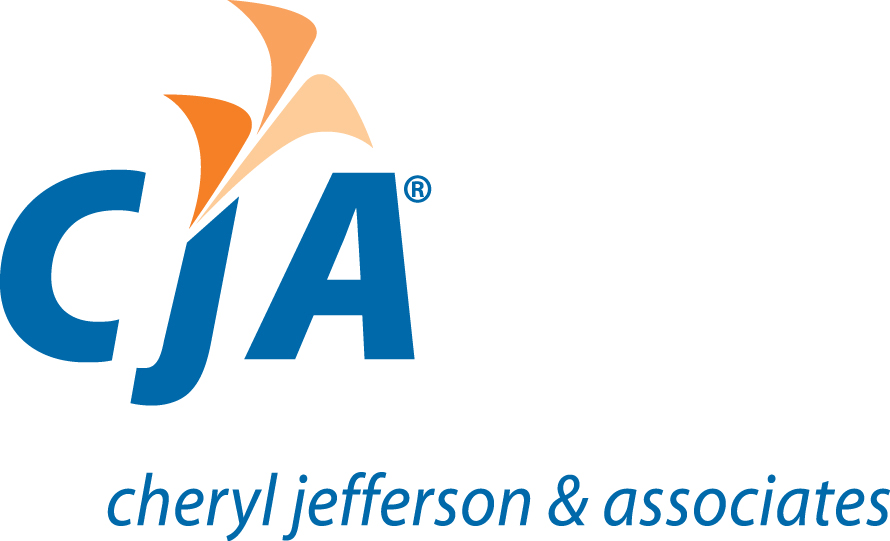Retro Pay or Bonus?
How many times have your government contracts received approval for rate changes after the employees have been paid? This causes payroll dilemmas for many government contractors. Your employee worked 50 hours on a project at the old rate, but a month later a rate change is approved. The employee is then compensated for the rate change for the previous month and the pay rate change going forward (retro pay). How should the previous month pay rate change be recorded? A simple fix is to pay the employee a bonus for the difference for the previous month(s). Unfortunately while this is a simple fix for reconciling payroll, this is only compliant with Federal Acquisition Regulations (FAR) if the bonus is allocated to direct cost for the equivalent amount had the pay rate increase already been in effect. There are several questions to ask when determining how to record pay rate changes.
Has the government been billed for the rate changes?
FAR 31.201-1 states the total cost is all the costs which can be allocable to a contract. If the government can be billed for rate changes, then the related costs are allocable and must be recorded as direct cost. This means the direct labor expenses for the rate changes need to be recorded as direct labor and allocated to the job which has been billed. If direct costs are recorded as fringe or overhead bonus instead, then all the contracts are charged for the rate increase not just the contract in question. In addition, this violates FAR as indirect pools are for costs which are NOT allocable to a final cost objective. If the cost is billable to the government, than those costs are allocable.
How have other direct labor costs been recorded?
FAR 31.203(b) requires consistent treatment of costs across the board. If in other contracts where the government was billed and pay rate increases were charged to direct labor in full, then all changes to pay rates need to be applied to direct labor if the government has been billed for the changes. If the pay rate change is not recorded as direct labor, there is a risk of increasing G&A rates due to a lower total cost base.
What is considered an allowable bonus by FAR?
The FAR definition for a bonus is found in FAR 31.205-6(f). A bonus must be agreed upon prior to the work being done. In the scenario above, the work was completed prior to the employee being paid for the new rate. So recording the compensation for the pay rate change, for prior work as a bonus, violates the FAR bonus definition.
How should retro pay be recorded?
FAR 31.201-2(a) requires Generally Accepted Accounting Principles (GAAP) to be followed. GAAP’s matching principle for accrual-based accounting requires expenses to be recorded when incurred not necessarily when actually paid. So, if an employee worked in January, the pay rate change for January would need to be applied to January’s paychecks for the direct labor. In QB this is done by correcting the pay rates on the paychecks affected and using a payroll variance account to avoid changing the historical gross amount an employee was paid.
Another option might be to pay a direct bonus. Prior to sending an approval request for rate changes to the government, send an employee bonus agreement for the amount of the retro pay. Be sure to include the amount of the retro pay and that the agreement is dependent on government approval of the rate change. When the government approves the rate increase, you can simply pay out a bonus. Remember a bonus must be agreed upon prior to the work being done.
It is a good idea to contact your accountant prior to making these kind of changes to historical data to ensure the right corrections are made.
There are many factors that go into deciding whether a retro pay adjustment should be recorded with the historical hourly pay rates or as bonus, and when it should be recognized in the financial statement. Contacting a CPA that is knowledgeable of GAAP and FAR, for assistance prior to adjusting the books, will save time and corrections.
Contributed by Jamie M. Shryock, CPA
